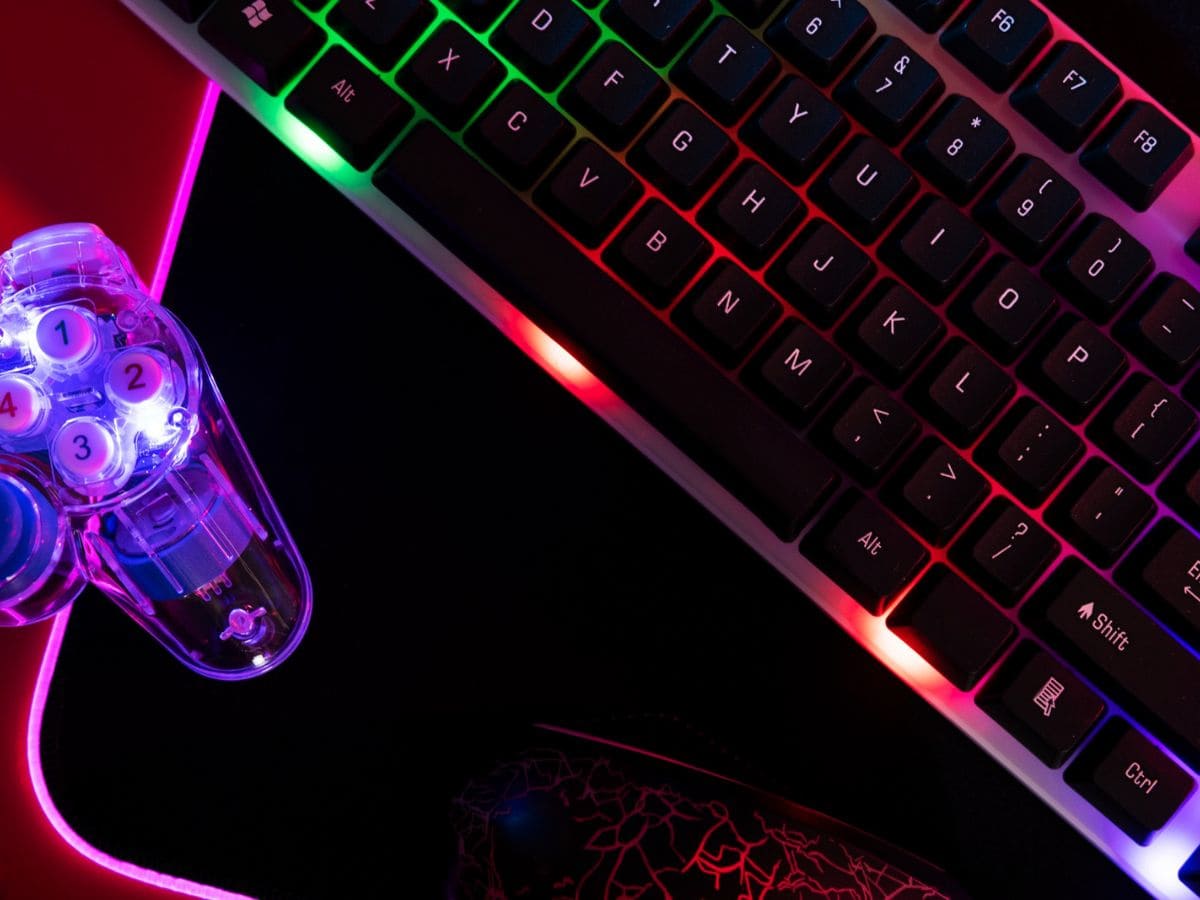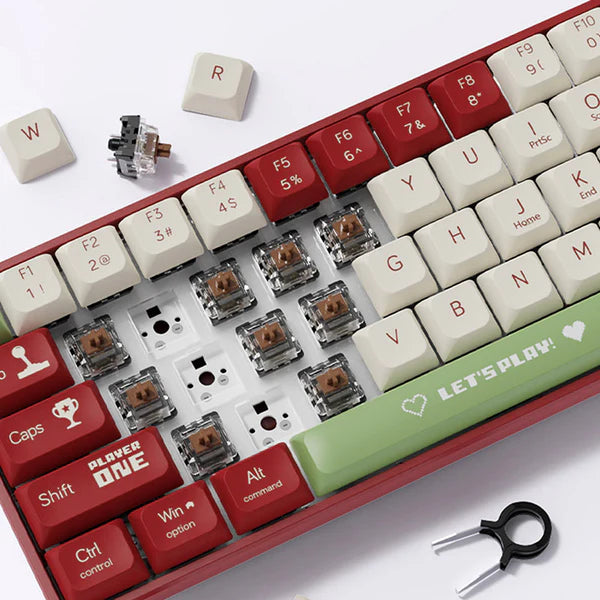- Dopamine and Prediction Errors
- The Connection Between Dopamine Secretion and Keyboard Experience
- Construction and Feedback of Mechanical Keyboards
- Stability and Consistency of Mechanical Keyboards
- Personalized Mechanical Keyboard Experience
- Switch Selection and Personalized Experience
- Aesthetic of Keyboard Sounds
- Sound Feedback and Rhythm
- Conclusion
Dopamine and Prediction Errors
Scientific research indicates that human feelings of pleasure are closely linked to dopamine secretion in the brain. The dopamine prediction error theory suggests that when actual experiences differ from expectations, dopamine secretion fluctuates. In keyboard usage, this theory manifests as tactile and auditory feedback. Mechanical keyboards, through precise force feedback and audible response, meet users' expectations of key presses, thereby stimulating dopamine secretion and providing satisfaction.
The Connection Between Dopamine Secretion and Keyboard Experience
To better understand the connection between dopamine secretion and the keyboard experience, we need insight into dopamine's role in human behavior. Dopamine, a neurotransmitter, is associated with reward and pleasure sensations. Engaging in activities such as gaming, exercising, or creative work can trigger dopamine release when the outcomes exceed expectations, resulting in pleasure.In the context of keyboard usage, each keystroke is accompanied by tactile and auditory feedback. This immediate, physical feedback interacts with the dopamine system in the brain, enhancing the user's operational experience. Mechanical keyboards, with their unique design, can provide richer and more precise feedback, thus eliciting stronger feelings of pleasure among users.
Construction and Feedback of Mechanical Keyboards
The design advantage of mechanical keyboards lies in their precise actuation force and distinct feedback. Compared to membrane keyboards, mechanical keyboards typically feature individual mechanical switches, offering more stable key travel and consistent keypress feel. This design not only enhances typing accuracy but also increases user control.
Stability and Consistency of Mechanical Keyboards
The stability and consistency of mechanical keyboards are another key reason for their popularity. With each key controlled by an independent mechanical switch, key movement remains stable, unaffected by finger pressure angles. This stability provides users with a reliable typing experience, reducing the likelihood of errors.Furthermore, the consistent actuation force of mechanical keyboards is another advantage. With each key equipped with a spring for reset, users experience minimal variations in force when pressing different keys. This consistency provides users with a uniform operational experience, aiding in typing speed and accuracy.
Personalized Mechanical Keyboard Experience
Another appealing aspect of mechanical keyboards is their high level of customization options. Different switch designs, such as blue, brown, red, and black switches, offer various sounds and tactile feedback, catering to users' individual preferences.
Switch Selection and Personalized Experience
Switch selection is at the core of the personalized experience of mechanical keyboards. Different switch designs determine the keyboard's feel, sound, and actuation force. For example, blue switches are favored by many typing enthusiasts for their pronounced tactile feedback and crisp sound, while red switches are suitable for gamers due to their linear feel and lower actuation force.Users can choose the switch type that best suits their usage habits and preferences. This personalized selection not only enhances user experience but also makes the mechanical keyboard a way to express personal taste and style.
Aesthetic of Keyboard Sounds
Sound is an integral part of the mechanical keyboard experience, representing not only confirmation of operation but also a manifestation of rhythm. The unique rhythm and tone of mechanical keyboard sounds add an indescribable aesthetic enjoyment to the typing process.
Sound Feedback and Rhythm
The sound feedback of mechanical keyboards is a crucial component of their unique charm. Different switch types produce different sound effects. For example, blue switches produce crisp and loud sounds, providing a clear confirmation of operation, while red switches produce softer sounds, suitable for use in quiet environments.
Furthermore, mechanical keyboards' sound also possesses a unique sense of rhythm. When users type at a certain rhythm, the keyboard's sound matches the typing rhythm, creating a harmonious rhythmic sense. This rhythm not only enhances the typing experience but also turns typing into a pleasurable sensory enjoyment.
Conclusion
The popularity of mechanical keyboards is not merely a matter of trendiness or fashion but is based on their precise design and profound understanding of user sensory experiences. In today's fast-paced modern life, choosing a keyboard that provides an enjoyable experience is not only a pursuit of personal taste but also an investment in daily work efficiency.
Thank you for reading, and we look forward to meeting you in the next article.



